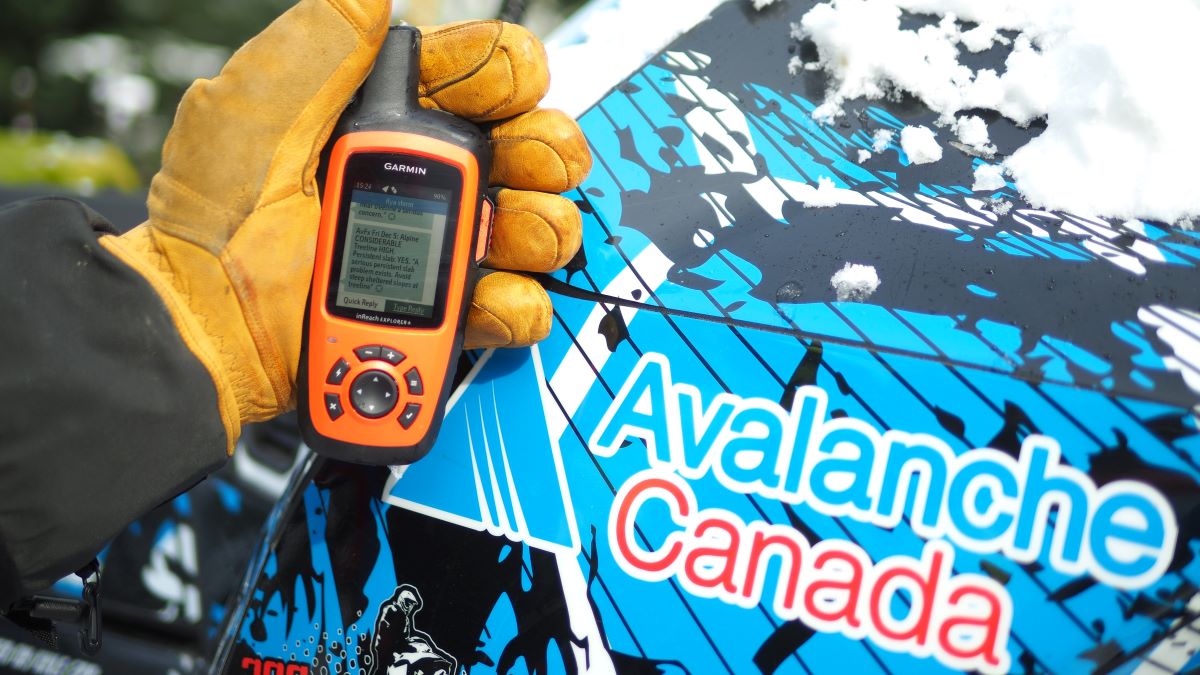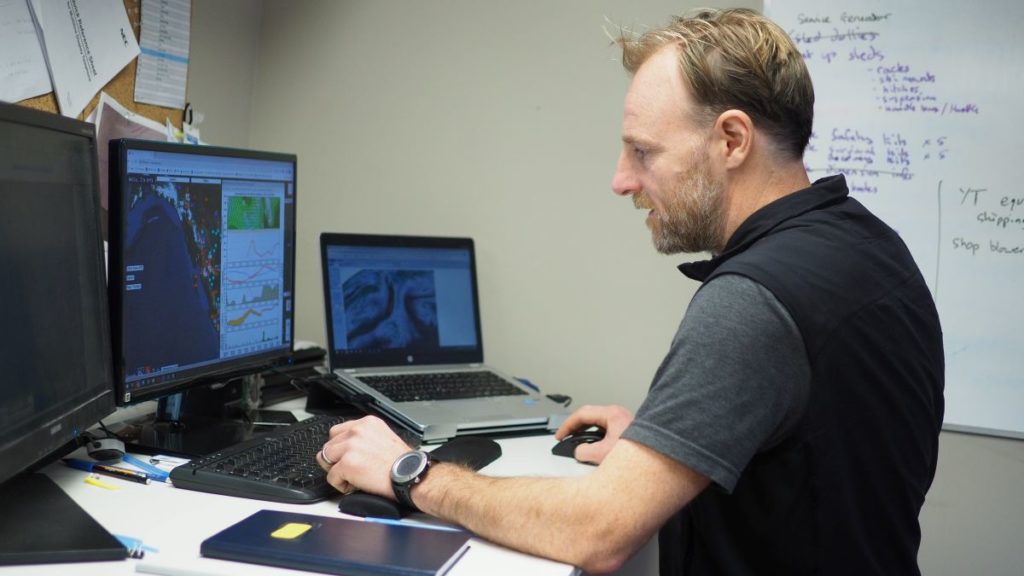Avalanche Canada Provides Forecasting for Backcountry Safety

February 27, 2020
Everybody on the Avalanche Canada team lives and breathes
avalanche safety, and knows their forecasts can be the deciding factor for a
recreator making a life or death decision.
More and more, people are heading into Canada’s mammoth
mountain ranges in the winter months to recreate. As a result, they’re turning
to Avalanche Canada to provide critical information about avalanche conditions to help make decisions
and keep themselves safe in the backcountry.
Their flagship products are daily avalanche forecasts for 14 regions throughout
Canada. These provide an assessment of avalanche danger and allow recreators to
choose appropriate routes for the conditions. The
organization also provides a wealth of additional knowledge, from creating and
offering the curriculum for avalanche safety courses to heading into classrooms
to educate younger generations.
Although Avalanche Canada is a relatively small team based
in Revelstoke, their
forecasting is still a country-wide operation. Avalanche Canada utilizes data
from a variety of sources: professional organizations and companies (ski
resorts, guiding companies, Provincial Highway Services, rail networks and others),
their own field teams that
go into the mountains several times a week, and members of the public
submitting weather, snow and avalanche observations on the Mountain Information
Network.
All of that information is merged along with a detailed
assessment of the weather from the Meteorological Service of Canada in order to
produce the avalanche forecast.
“We’ve found this method has proven to be an efficient and reliable way of doing things,” said James Floyer, Avalanche Canada’s Forecasting Program Supervisor.
Life of a
Forecaster
Every day, one forecaster comes in early in the morning to analyze
the previous day and make sure the upcoming forecast is still accurate. Sudden
changes often occur in Canada’s complicated mountain environment. If that’s the
case, the morning forecaster will do an update so people can have the latest
information before heading into the mountains.
When the whole team of forecasters arrives, they review what
happened the prior day and night — snowfall amounts, temperature changes, new avalanche
observations — followed
by a meeting with a professional meteorologist. Then, collectively, they
combine all of their expertise to make judgments about what they think will
happen in the following three days.
“By the afternoon we’re in writing mode and really trying to
figure out the best way of communicating what we think is going to happen in
the next three days — finding
the right words and the right levels in the different pieces of the forecast to best give
that information to the public,” Floyer said.

By the end of the workday, they have 14 full up-to-date forecasts published. If they feel the
danger is high enough to warrant a warning, they’ll work with media outlets to
spread the word to the public.
Prime avalanche season in Canada typically runs from early
November to early May, with March being the most dangerous month, followed by
February and January.
“Typically March is our most critical month,” Floyer said. “It’s a combination of factors. The snowpack sometimes gets quite complicated. Often several weak layers become stacked on top of each other. And there’s generally some very nice weather so that draws people out to the mountains.”
Avalanche Fatalities
Despite an influx of people heading into the backcountry to
ski, snowboard, snowmobile, hike, climb and more, the avalanche fatality rate
is the lowest it’s been since 1997, at an average of 11 per year over the past
10 years.
“It does appear to genuinely be bucking the trend of the
increasing number of users of the backcountry,” Floyer said.
It’s likely due, largely, to efforts by Avalanche Canada to
engage in more community outreach, expand its youth programming in schools,
promote skills training, extend its forecasting reach, support research, and
communication public avalanche safety warnings.
Equipment and technology have improved along with that knowledge,
too. One of the new projects that Avalanche Canada has been working on is
developing computer models to replicate snowpack in a given region, which can
improve the understanding and forecasting of the conditions.
“The more we can look to the data and some computer
solutions, the more we can focus our limited resources in the most important
ways and serve as wide a community as we can,” Floyer said.
Because, Floyer said, 11 deaths are still too many.
“We’re still striving to improve that, and part of that is we’re looking at different methods to create better forecasts and also at different methods to deliver that forecast,” Floyer said. “And the communication side of it is really key, which ties into one of the…
